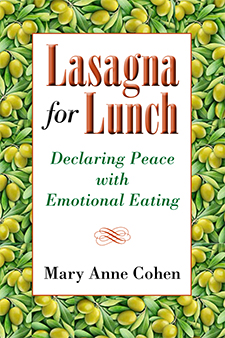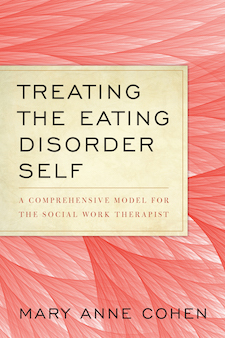What are Eating Disorders?
Binge Eating is the most common eating disorder characterized by overeating not out of physical hunger so much as emotional stress. Overeaters generally binge on high calorie foods and are filled with guilt and shame afterwards.
Bulimia describes a person’s bingeing on food and then undoing those extra calories by purging (vomiting, laxatives, diuretics) or by excess exercise. For the bulimic, exercise is not done for pleasure so much as punishment for overeating or feeling too fat. Depression, alcohol problems or substance abuse, and panic disorders are prevalent in bulimics themselves and often in their close family members. This implies that there may be strong genetic and biological causes among all these disorders.
Anorexia comes from the Greek word, "orexy," which means hunger, and the prefix "an" means lack of. Although anorexia means lack of hunger, the anorexic is actually hungry and her illness is about the denial of this hunger. The anorexic develops food rituals (clipping out recipes, cutting the food on her plate into lots of pieces, weighing herself frequently) all in an attempt to control her hunger. Anorexia generally begins in early teens. Typically the pre-anorexic personality is a girl who is high achieving, perfectionistic, and craves to be the best. The barometer of how perfect she is lies in her evaluation of her body: the thinner she is, the more perfect she feels. BUT she never feels thin enough. Many anorexics have said to me, "The only thing special about me is my thinness and how I have control over my food better than anyone else I know."



